Poetical Melodies | Australian Romantic & Classical Orchestra
With the 2018 programming the Australian Romantic & Classical Orchestra wanted to explore melodies and their third program of the year focuses on Poetical Melodies. The relationship between poets and composers began to change in the 19th-century when the passionate and soul-exposing words of the poets infiltrated the musical sphere. Composers of the time turned to string instruments to fully express this soulful and emotional new style.
ARCO opened Poetical Melodies with an early Felix Mendelssohn piece, String Symphony in B Minor No.10. Written when Mendelssohn was 13, this piece is wild and exuberant in a youthful way. It’s a racing, repetitive piece that got the pace of the room going straight away.
The following pieces were from Norwegian composer Edvard Grieg. Here, the relationship between poetry and music becomes clear as Grieg based his melodies on poems from Aasmund Olavsson Vinje. The first of the Elegiac Melodies Op.34 titled Hjertesar (the Wounded Heart), is a slow, mournful piece with a deep, sonorous tone in contrast to the youth the orchestra opened with.
Grieg’s second piece “From Holberg’s Time” Op.40 was a beautiful expression of love and joy. These movements are written as a pastiche to earlier 18th-century styles with a Romantic point of difference. It’s a much more up-beat suite in comparison to the Elegiac Melodies. Grieg originally wrote this suite as a commission to memorialise Ludvig Holberg on the 200th anniversary of his birth. As another example of Romantic music inspired by poetry and writing, this suite is made for dancing with swinging and sweeping that pulls out the listener’s youthful joy. In a particular moment, the 12 violins of the orchestra seem to create a buzzing, energetic cloud hovering over the players in a representation of the energetic tension of early spring.
The following three pieces from three other composers takes the audience further into the Romantic period and introduces looser, more folk-inspired styles from within this genre. The Johannes Van Bree piece titled Allegro in D Minor for Four String Quartets is a unique example of Romantic innovation designed to be played by four string quartets placed in each corner of the performance hall. Due to restrictions of modern performance spaces, ARCO placed the quartets in a trapezoid shape on the stage to make it clear how the sound was being handed between each quartet like a baton. The way the music overlaps and intertwines between the quartets was wonderful to watch and quite a different experience from a typical orchestra piece.
Giacomo Puccini and Antonin Dvorak’s pieces are similar in the composers movement from opera toward symphonies. Both sought out string instruments to differentiate themselves from their contemporaries and to invoke the emotion of these instruments. Otherwise, the pieces couldn’t be more different. Puccini’s Crisantemi is a tribute to the chrysanthemum, a flower symbolising grief and death, and was written to memorialise the death of King Amadeo I of Spain. It’s a piece of great sorrow and demonstrates the ability of composers to evoke deep emotion without the need for words.
Serenade in E Major for Strings Op.22 by Dvorak is a pleasant return to the exuberance and youth of the Mendelssohn. The movements are sweet and happy, flowing through various twists and turns that delight the listener in unexpected ways. This is also where Romanticism can be shown as a period of intense drama, as the piece works towards huge climaxes before again returning to a gentle hum of joy. Here the orchestra’s harmony together works very well and is beautiful to watch. They take the listener through this Romantic journey with a passion reflective of the composer’s.
This third program of the Melodies season is a wonderful demonstration of the range of Romantic pieces engaged with poetry and deep emotion. From youth to death, the program covers it all with familiar and unusual examples.
Australian Romantic & Classical Orchestra will be performing Poetical Melodies at Melbourne Recital Centre on August 22nd.

